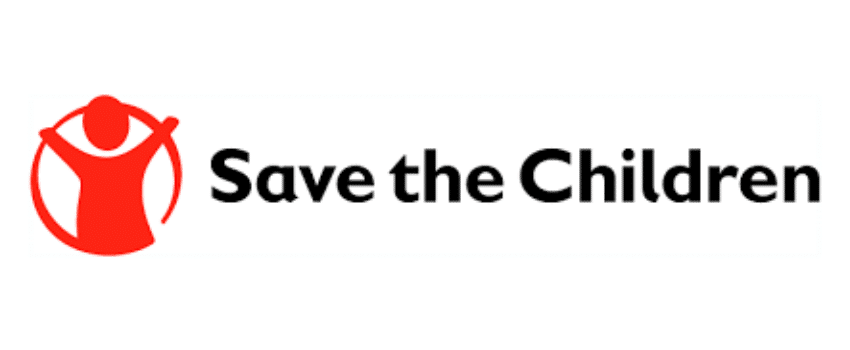
Yemen is in crisis with over 1 million children under the age of five who are acutely malnourished and living in parts of the country where the cholera infection rate is high. This is very dangerous because children who are malnourished are nearly thrice as likely to die if they contract cholera because they have weak immunity. Even if they do manage to survive, they are still far from safe. There are plenty of other diseases that cause diarrhoea and can result in malnutrition which puts the children at risk of starvation. After two years of intense fighting, Yemen’s children face the triple threat of war, hunger and cholera.
How did this happen?
There are a combination of factors that cause the rapid spread of cholera. To begin with, the children are suffering from near-famine rates of malnutrition and food insecurity. Secondly, according to the UN, nearly two thirds of the country’s population lack access to safe drinking water. Thirdly, there has been an effective blockade of medical supplies and other resources from entering the country. Finally, Yemen has few medical facilities and the staff that work in them have not been paid for months. Cholera is a disease that is easily treatable, however with the conflict in Yemen escalating as a result of a Saudi-led coalition bombing children, many people have no access to basic health care.
“After two years of armed conflict, children are trapped in a brutal cycle of starvation and sickness. And it’s simply unacceptable.” Tamer Kirolos, Save the Children Country Director for Yemen has said.
What is being done?
Save the Children is scaling up its response as fast as possible and is prioritising eight key provinces, so that the children who need help the most receive it. The agency is supporting people through its Diarrhoea Treatment Centres and Oral Rehydration Therapy Corners. Save the Children is also training health workers as well as delivering medical supplies. The agency is raising awareness about hygiene and the causes of cholera. So far this year, Save the Children has reached almost 50,000 children but without an end to the conflict, the crisis for children gets worse and more funding is necessary.





